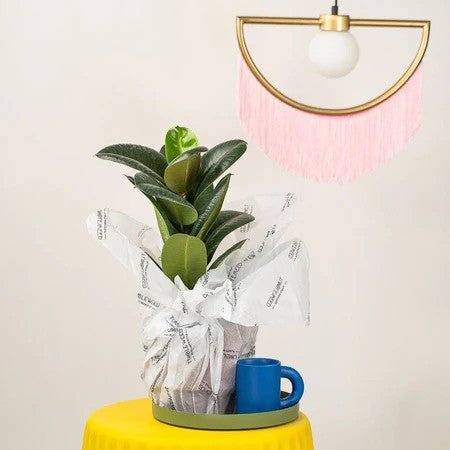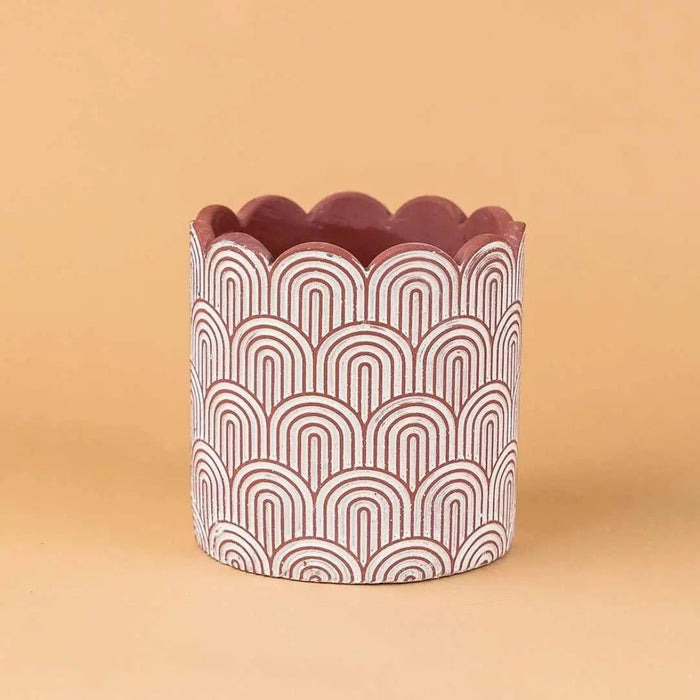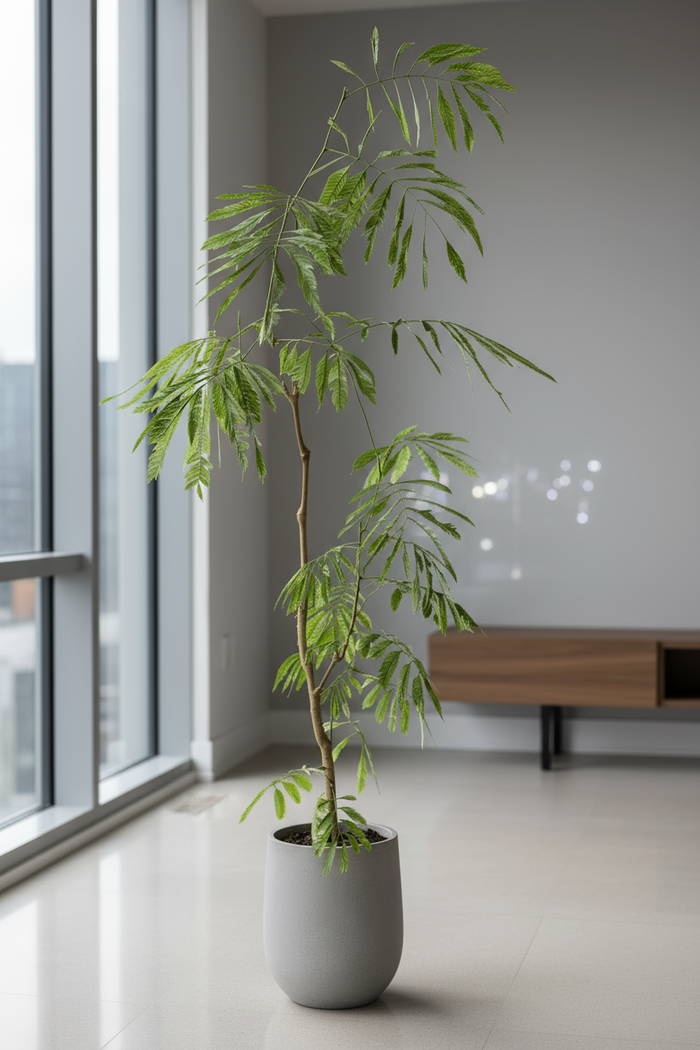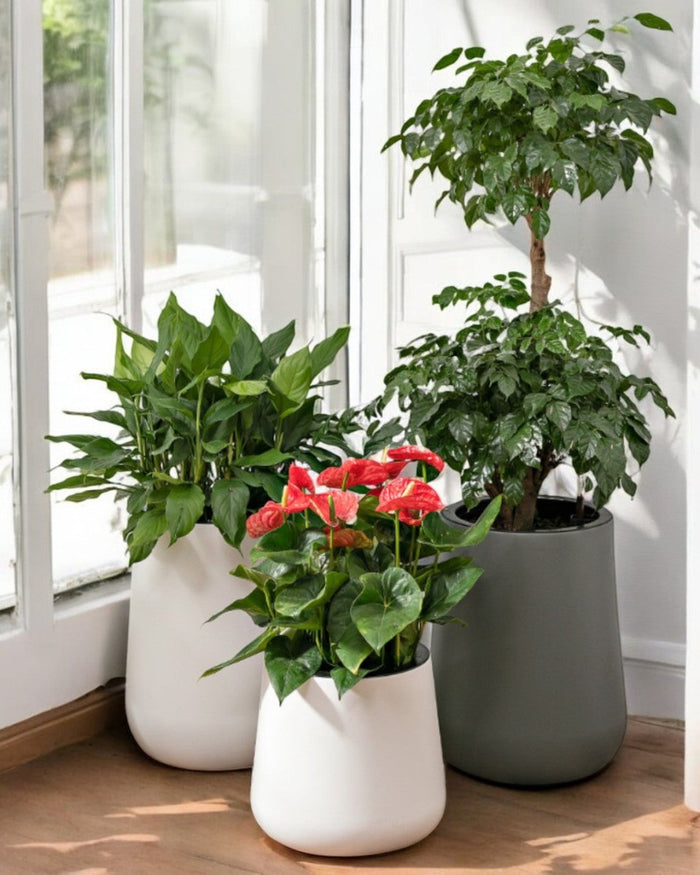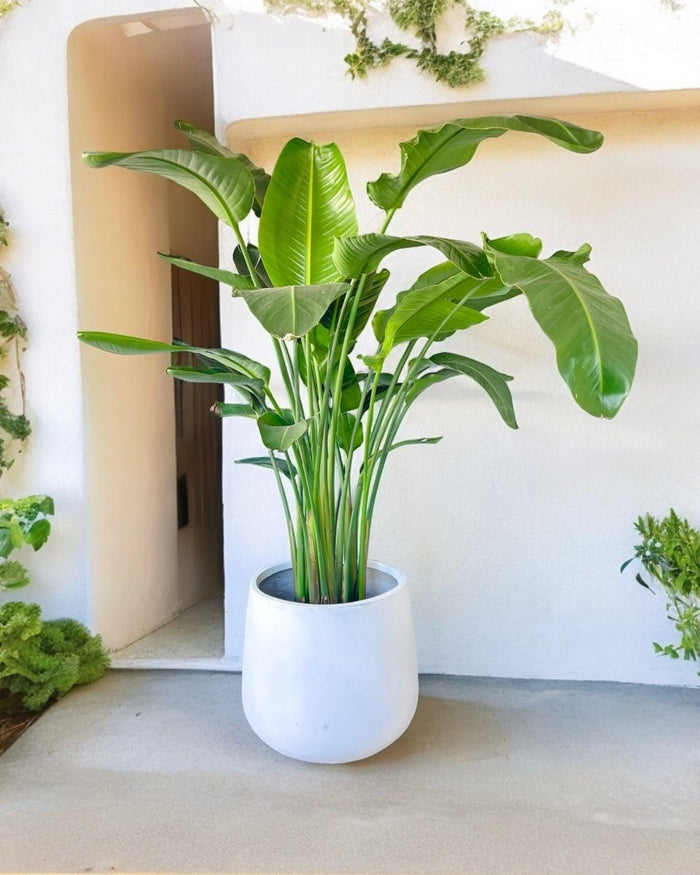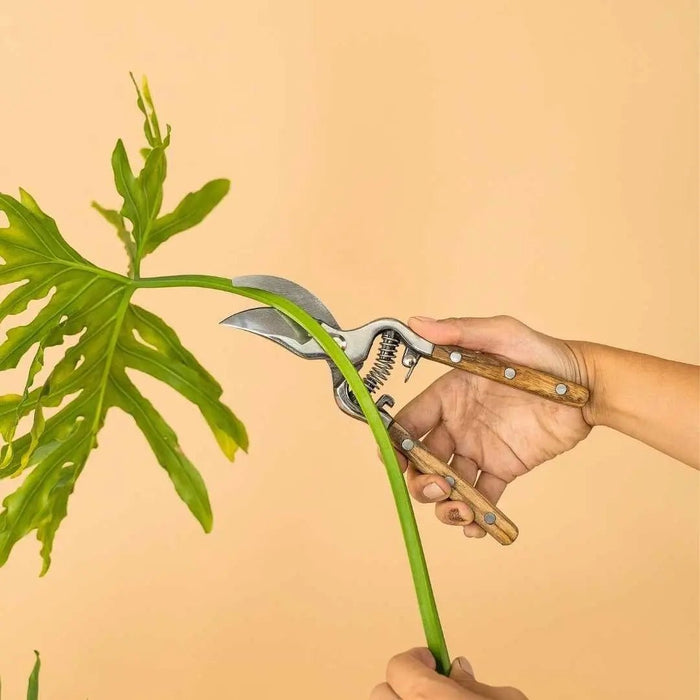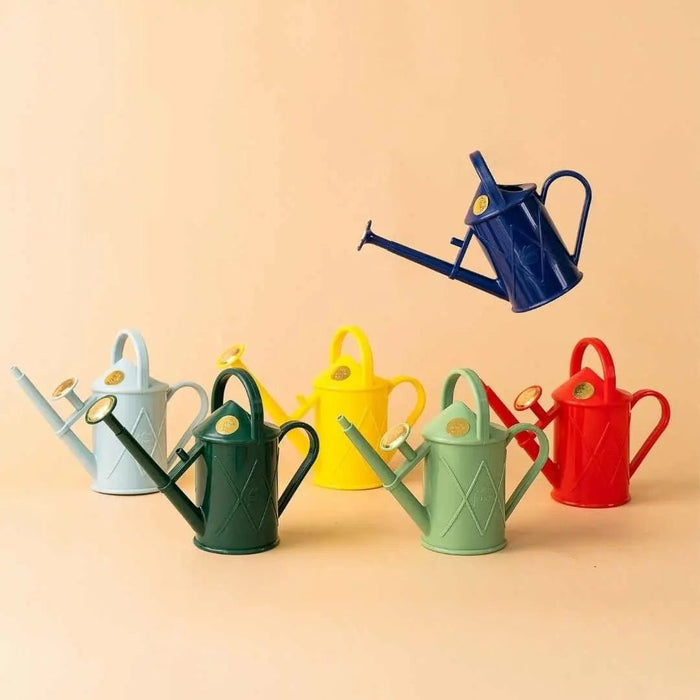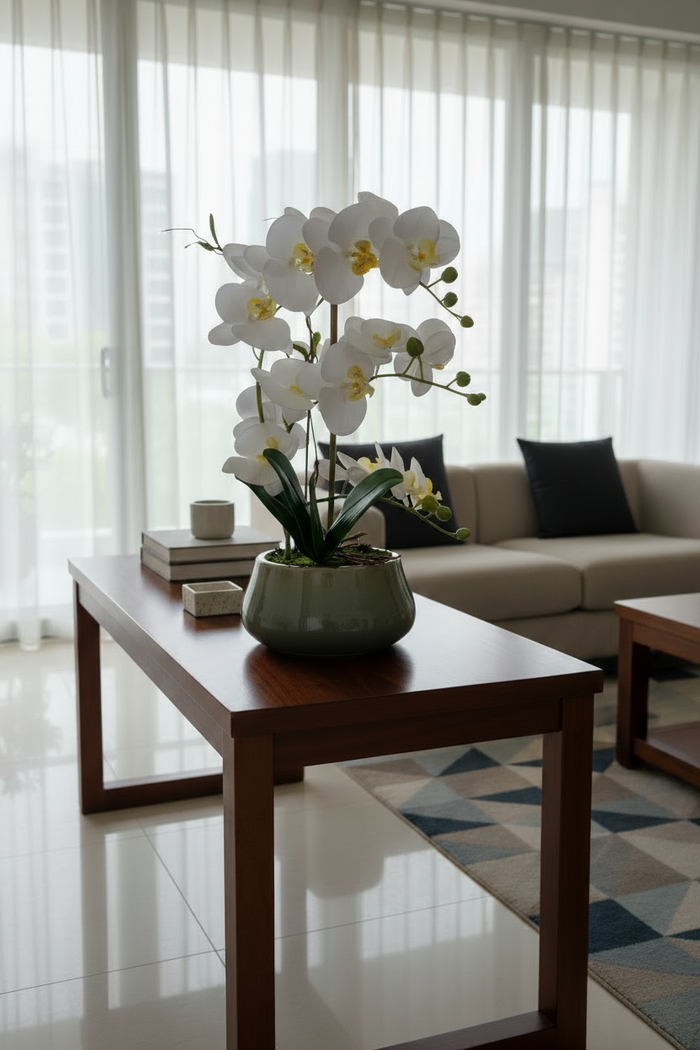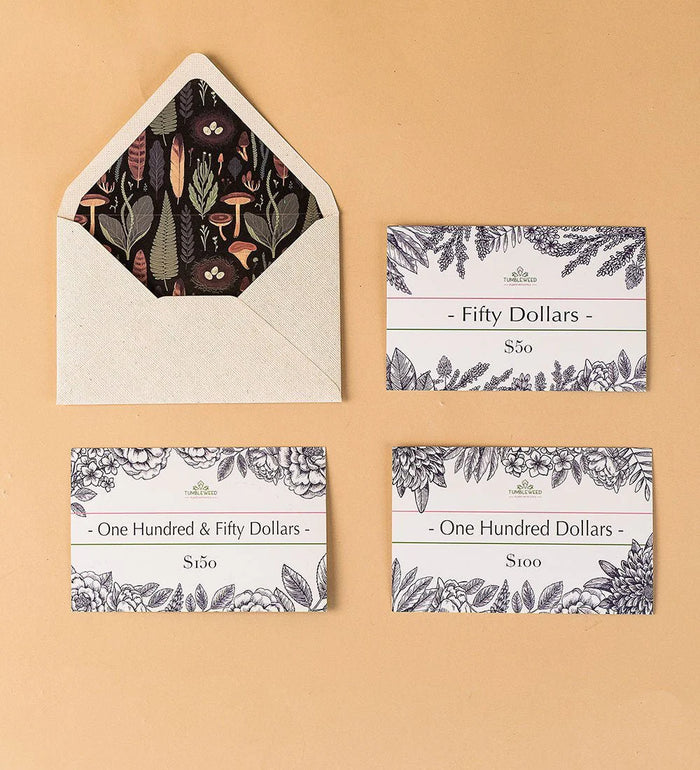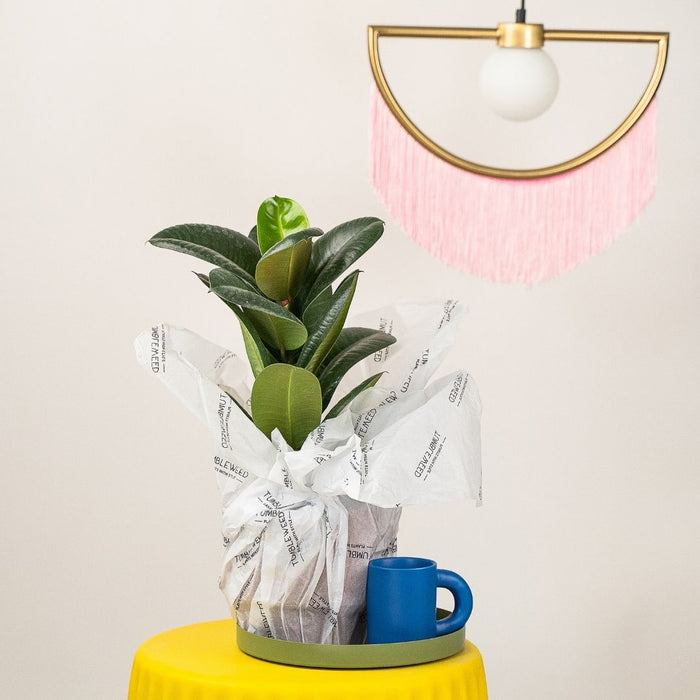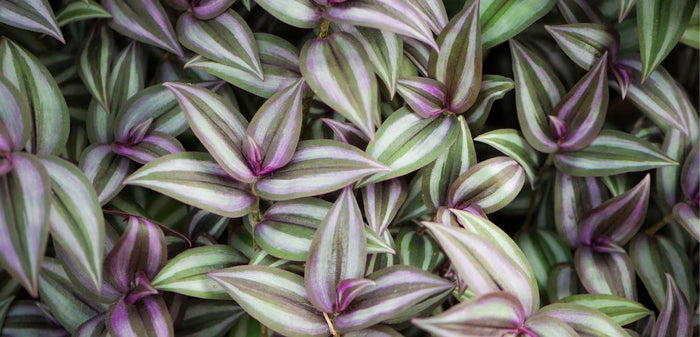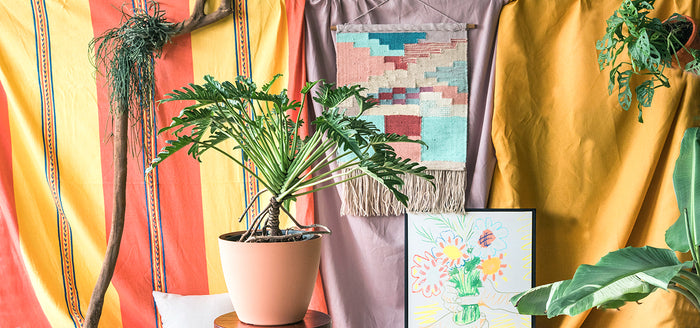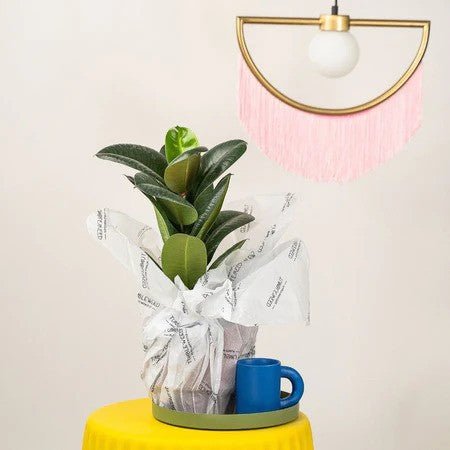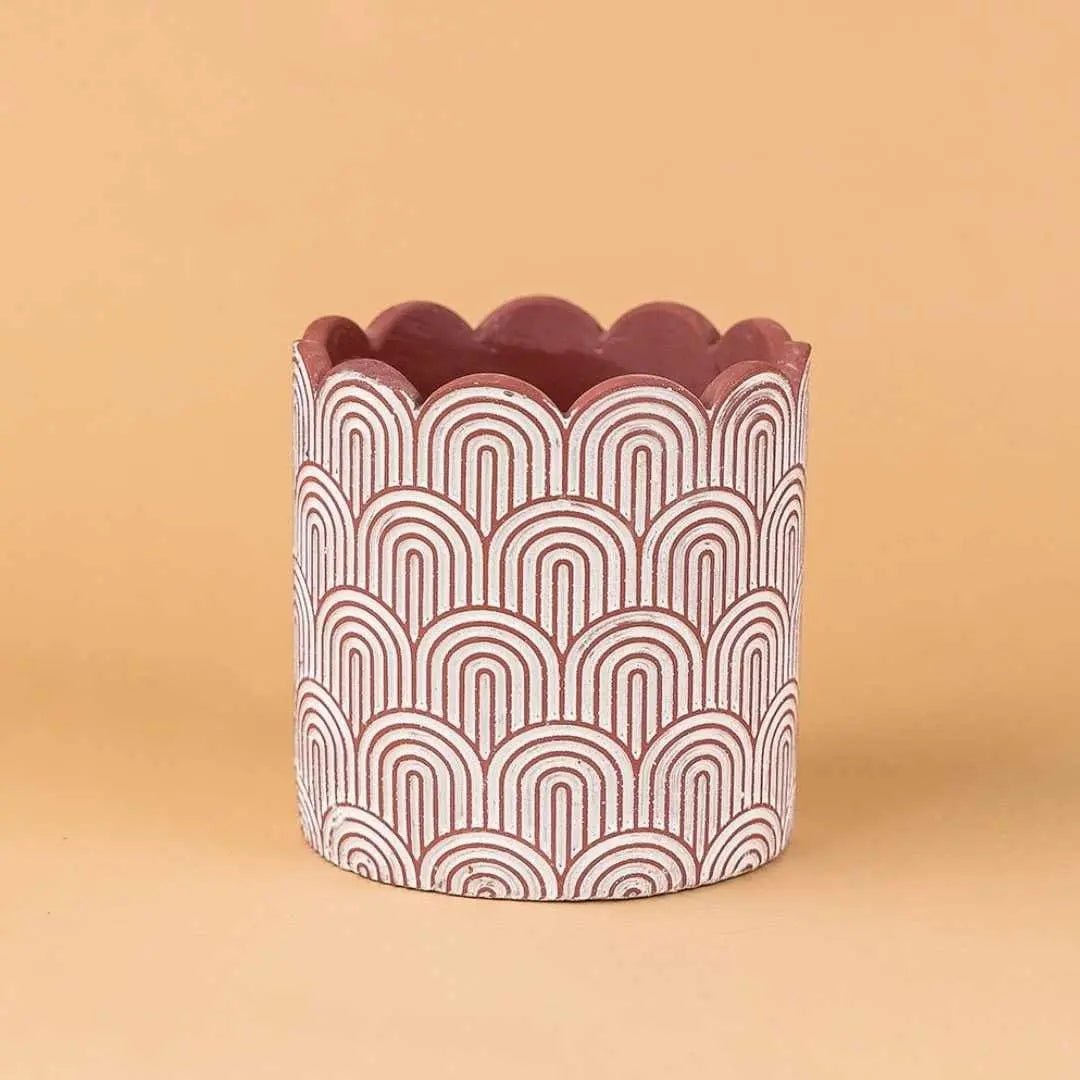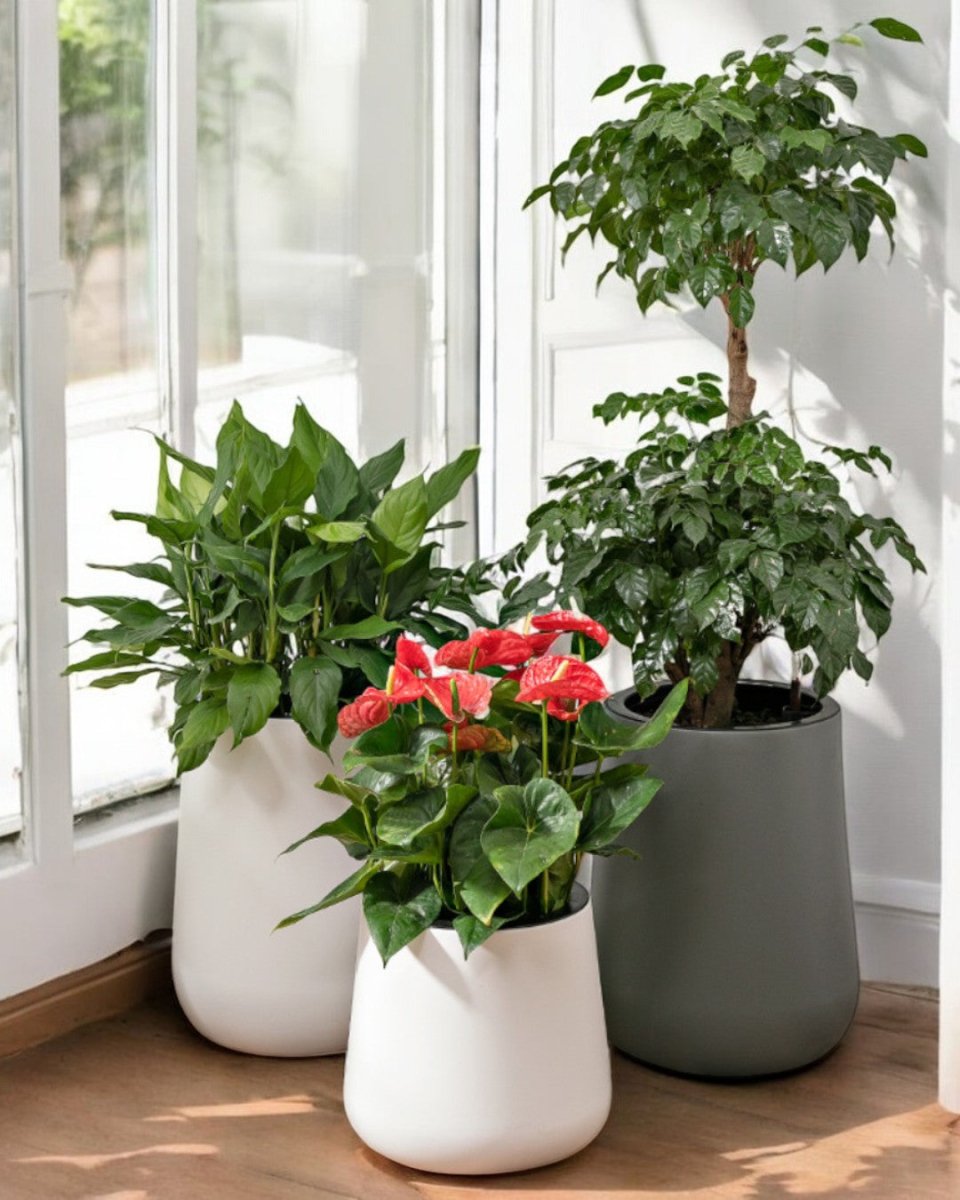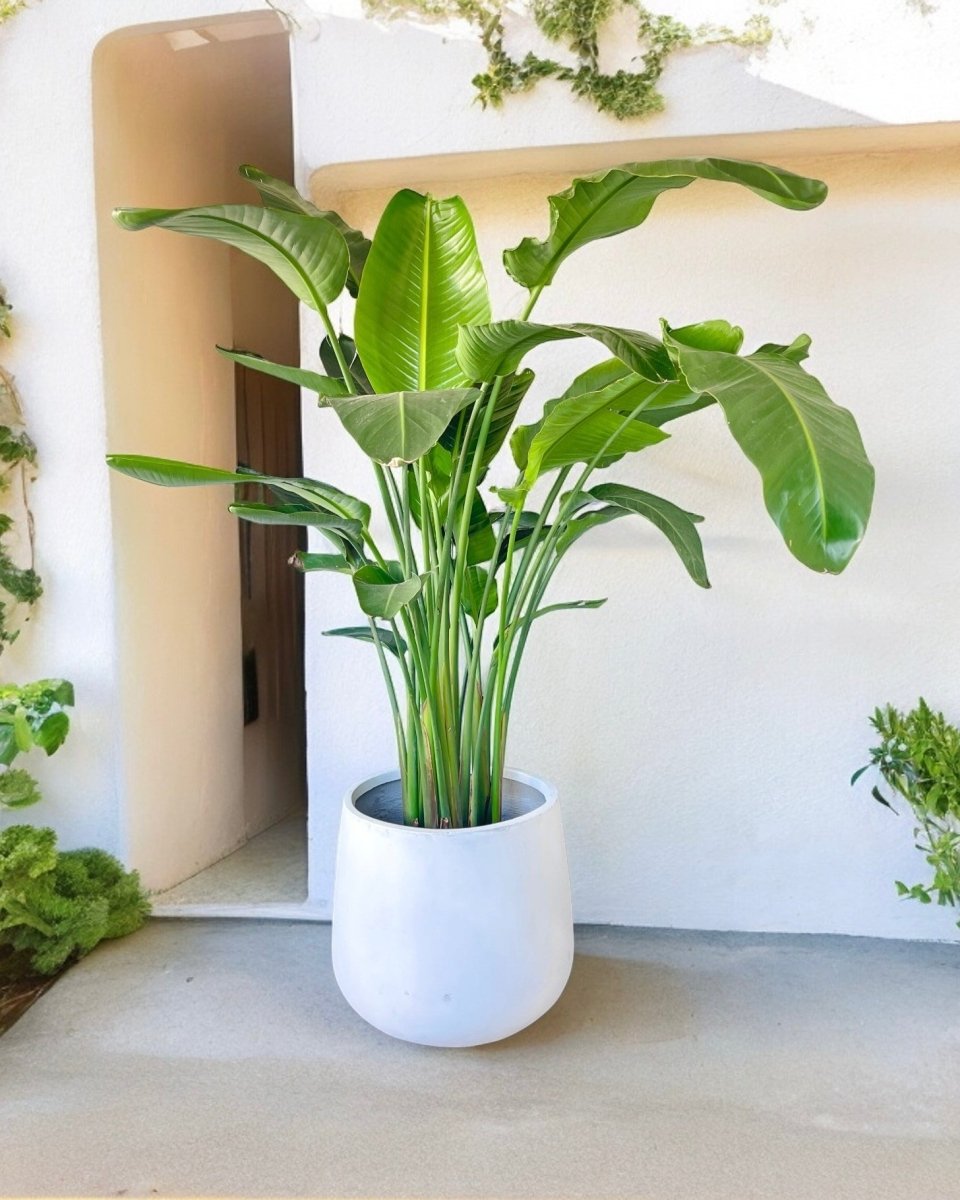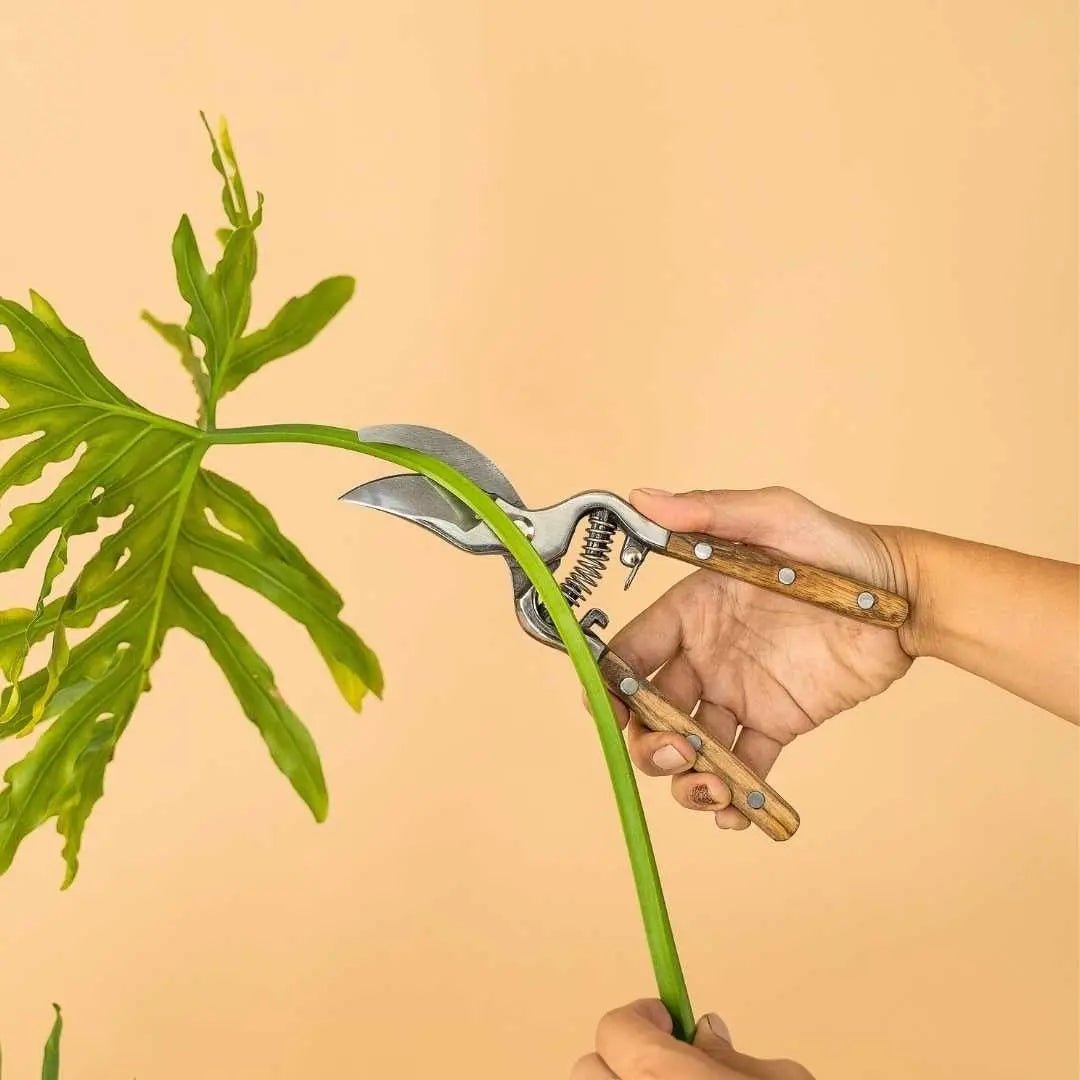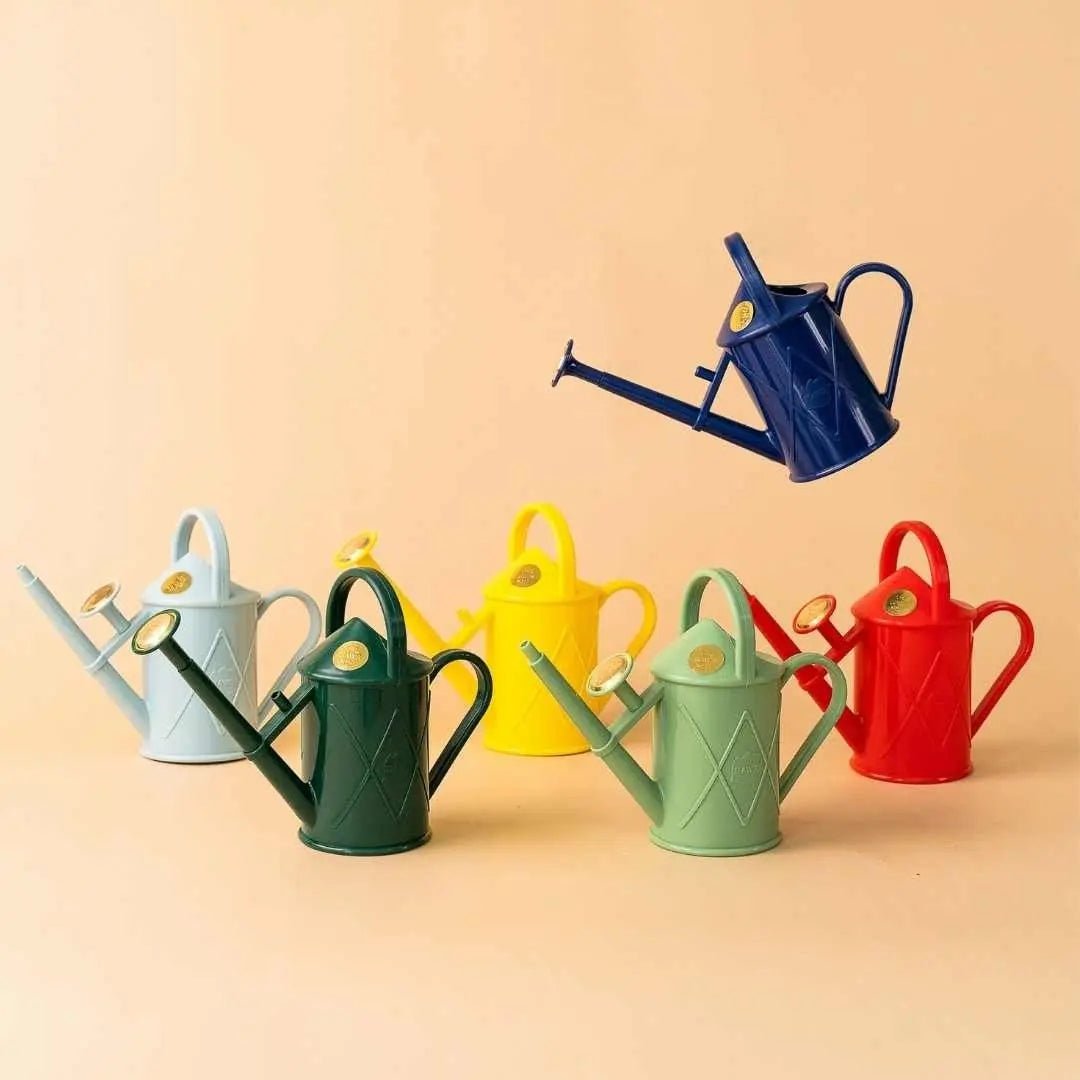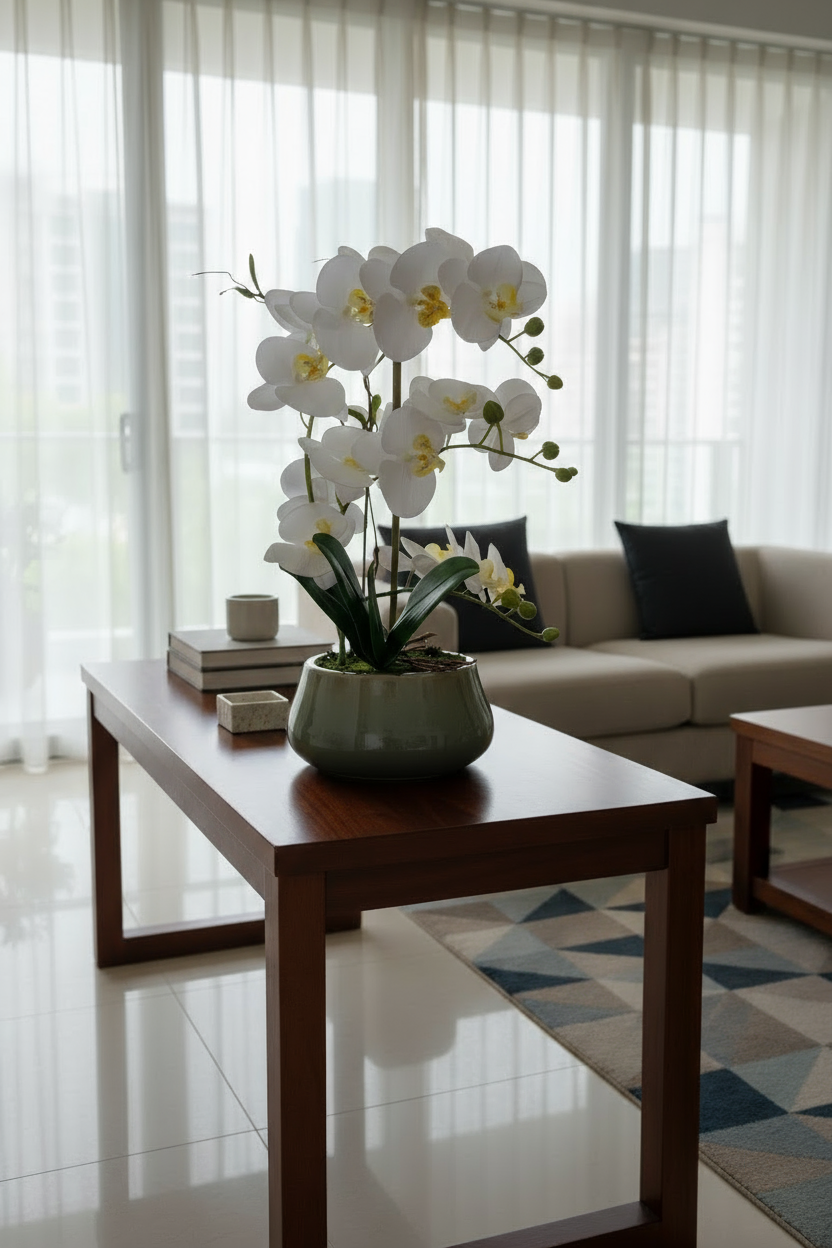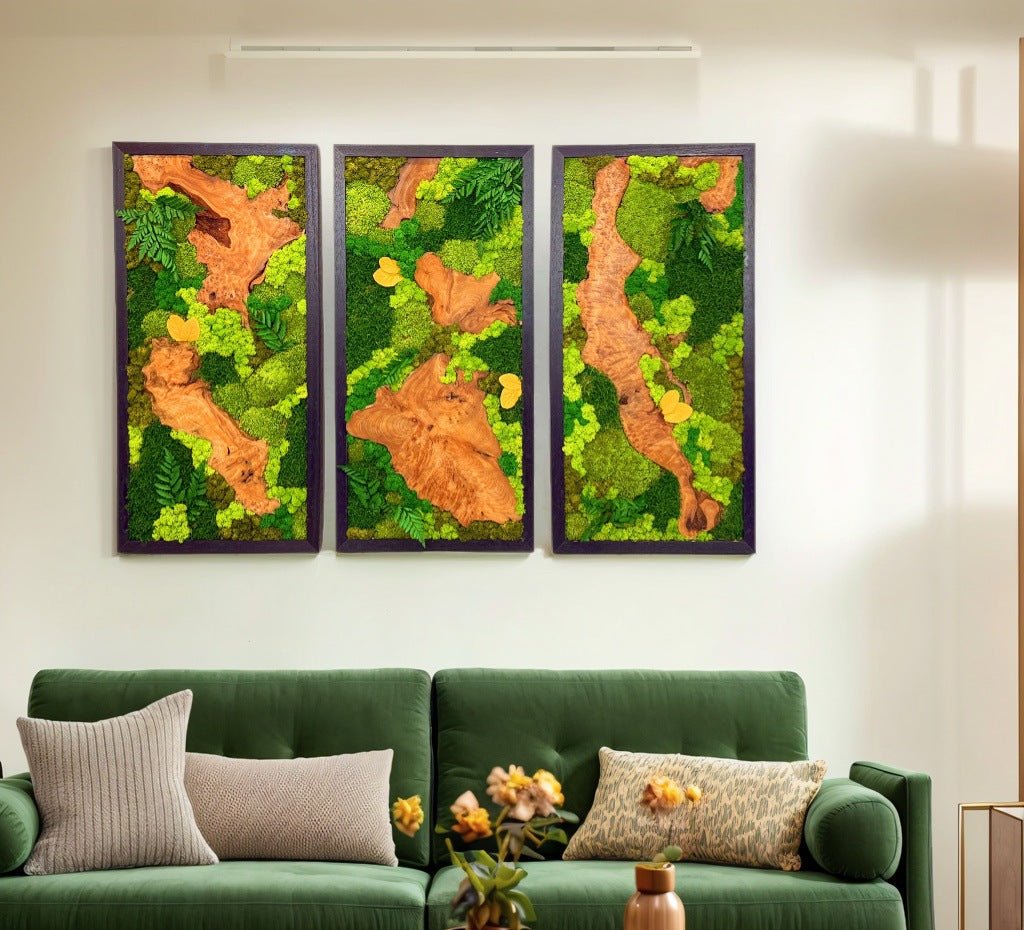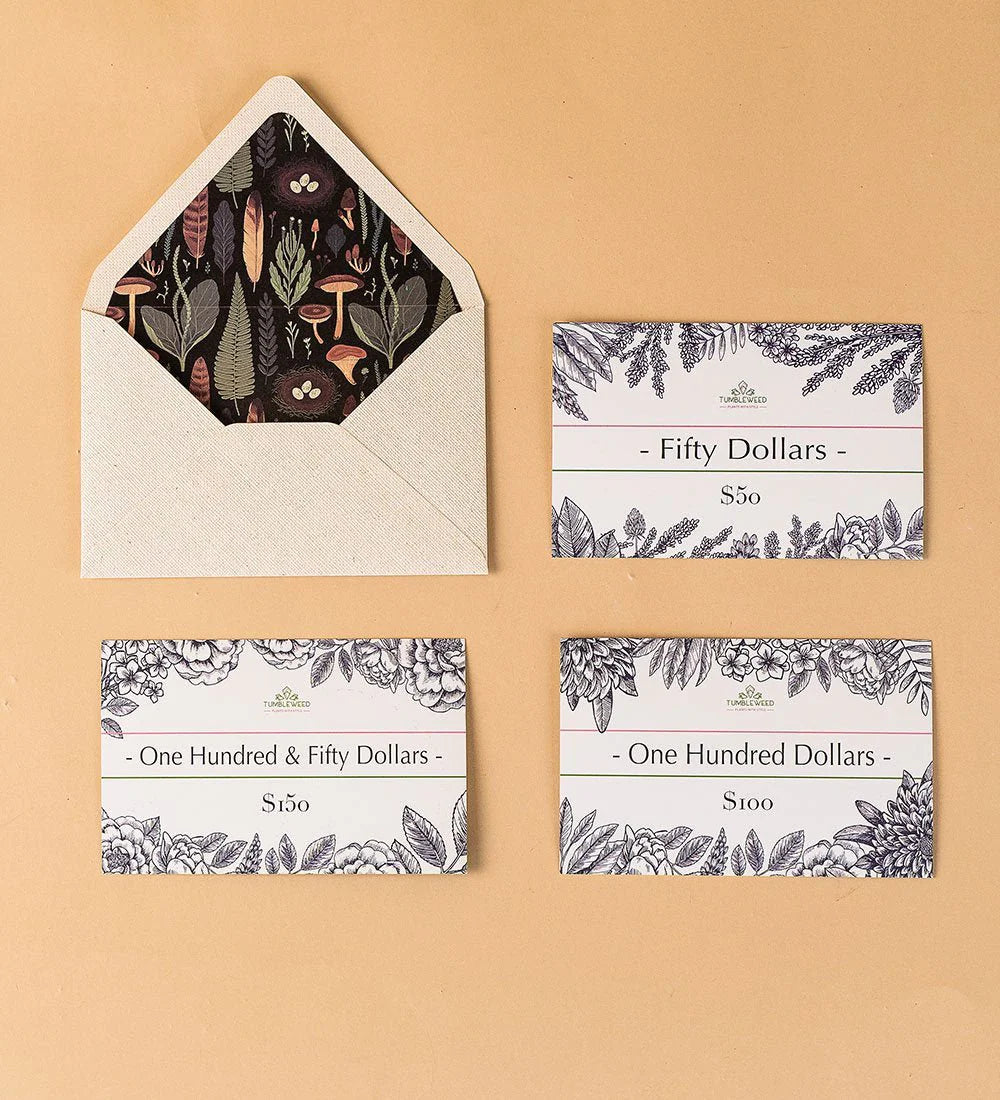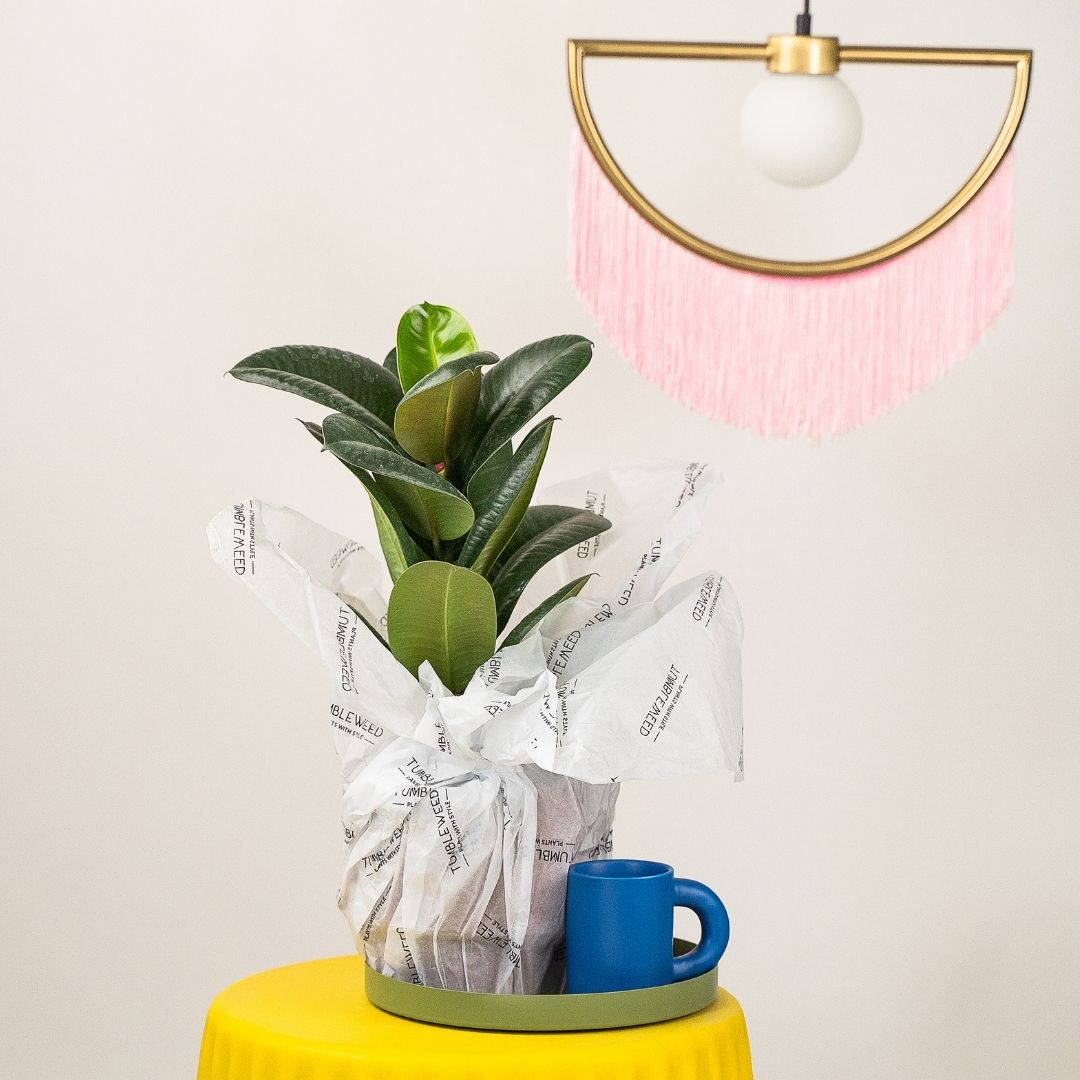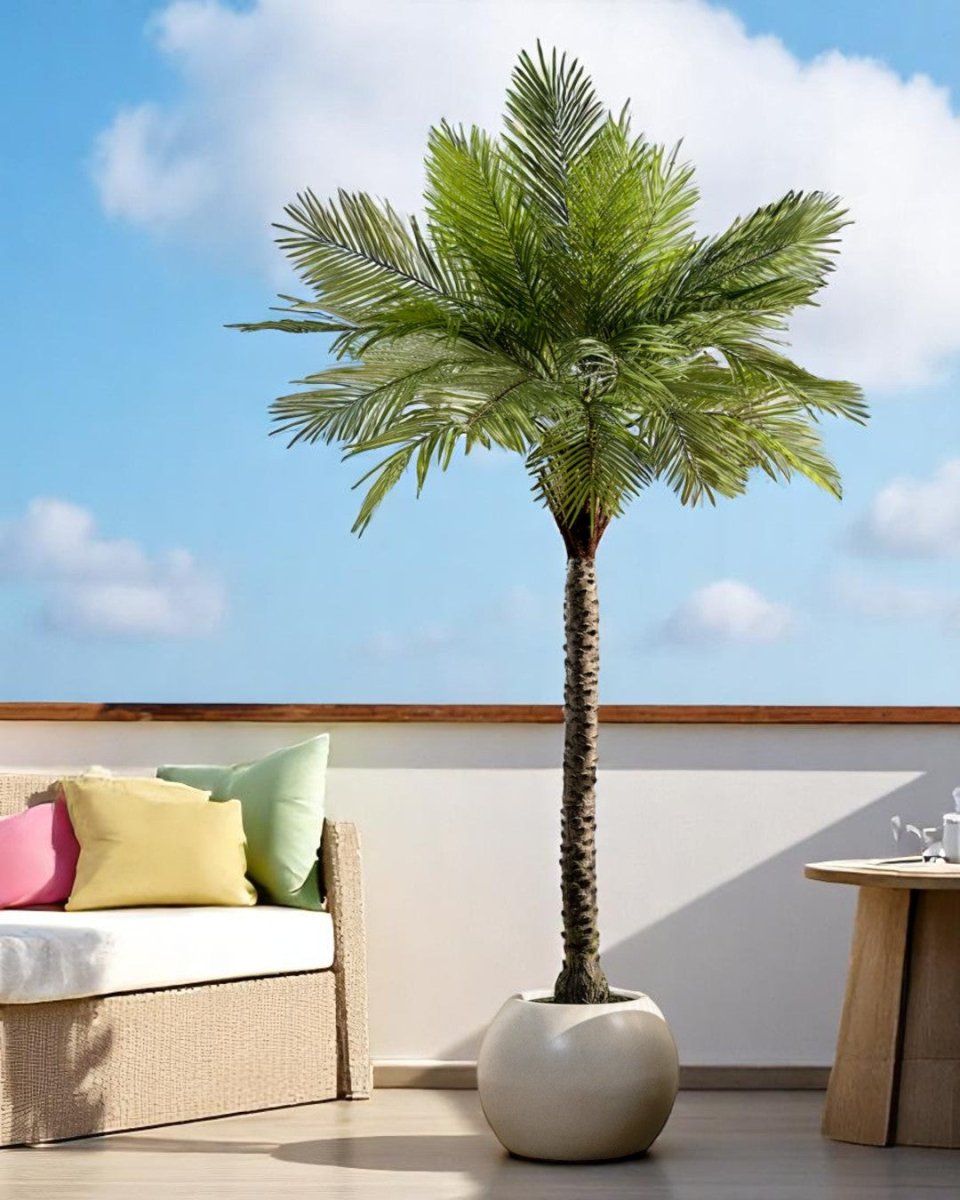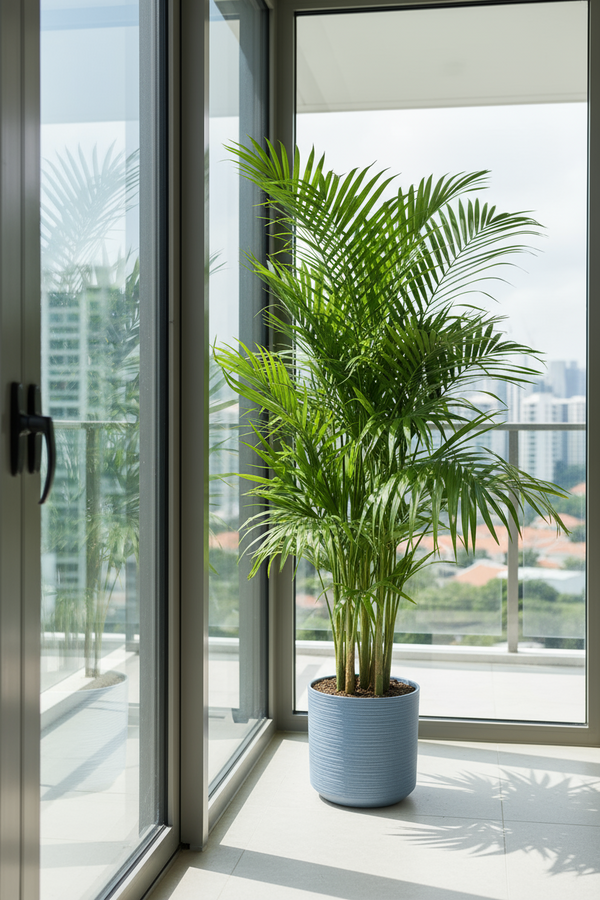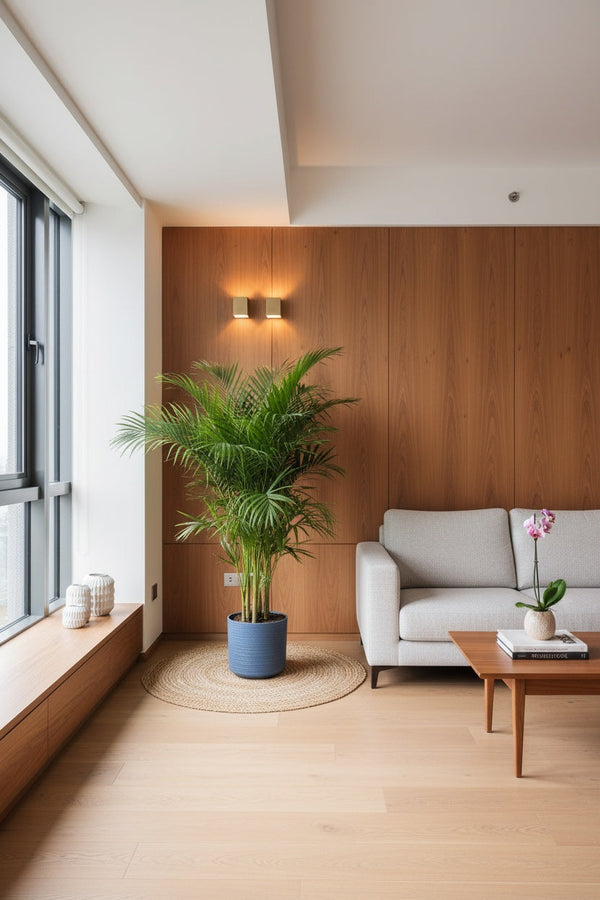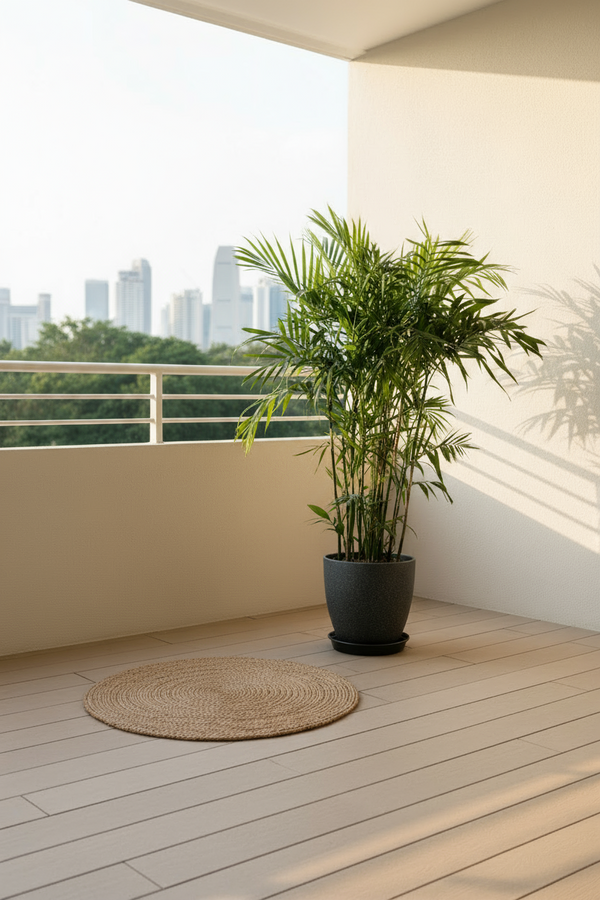Palm plants are an instant way to add lushness to an indoor space. Their gorgeous tall fronds add elegance and distinctly tropical vibes.
Search plants, planters, garden accessories and more.
-
Sale
-
Plants
-
Pots
-
Care
-
Decor
-
Gifts
-
Services
-
Business
Free Delivery Above $99 | Shop Now
What's New
-
 Year End Sale: Up to 50% off→
Year End Sale: Up to 50% off→ -
 🎁 Corporate Gifts! 🎁→
🎁 Corporate Gifts! 🎁→ -
 Transform your space with our Plant Styling Services!→
Transform your space with our Plant Styling Services!→ -
 Low Light Corner?→
Low Light Corner?→ -
 Login to Earn & Redeem Points!→
Login to Earn & Redeem Points!→ -
 🎉 Making buying plants easy! 🎉→
🎉 Making buying plants easy! 🎉→
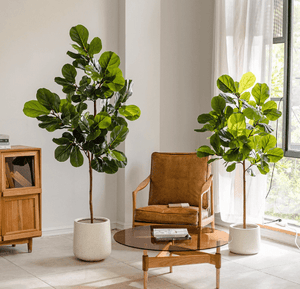
Year End Sale: Up to 50% off
Upgrade your decor now! Automatic tiered discounts mean bigger savings on plants, planters & more. Watch your progress bar fill up as you shop! Sale ends soon. 🌱
Also don't miss out on our free XL Everfresh giveaway, auto enrolled when you make a purchase with us.
Shop Plants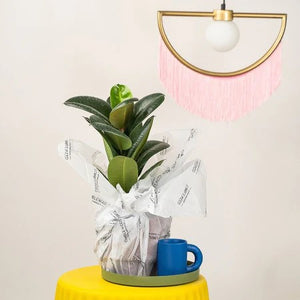
🎁 Corporate Gifts! 🎁
Planning corporate gifts for the festive season? Make a lasting impression with our premium plant gifts! Perfect for clients, partners, or employees, our curated selection of plants is both meaningful and elegant. Choose from a variety of options that fit any budget. Order now and ensure your corporate gifts are delivered in time for the celebrations.
Bulk Gifting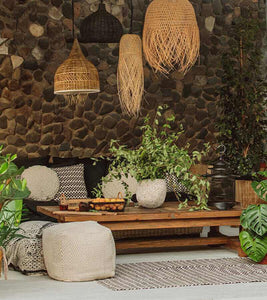
Transform your space with our Plant Styling Services!
Looking to refresh your space for the year-end festivities? Elevate your home decor with our Plant Styling service! Whether it’s a cozy corner or a grand living room, our expert tips will help you transform your space into a green oasis. Perfect for setting the holiday mood! Get inspired and start styling your space with our premium plant collections.
Start your Project
Low Light Corner?
No worries! Our Plant Lights are here to help your plants grow! Specially designed and made for houseplants.
Shop Lights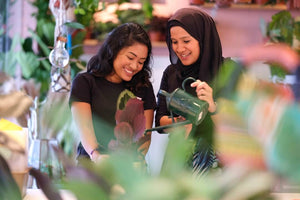
Login to Earn & Redeem Points!
Login and automatically enrol into our Rewards program, earning you points, and get exclusive deals and discount
Login Now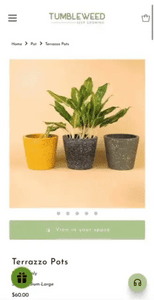
🎉 Making buying plants easy! 🎉
We have made buying plants even easier, with our customer service team, equipped to provide you with a plant recommendations. Hit us up on our chat channels to get started!
Shop NowUp to 50% off with our Year End Sale!
Free delivery above 99SGD
🎁 Free Gift Above $120
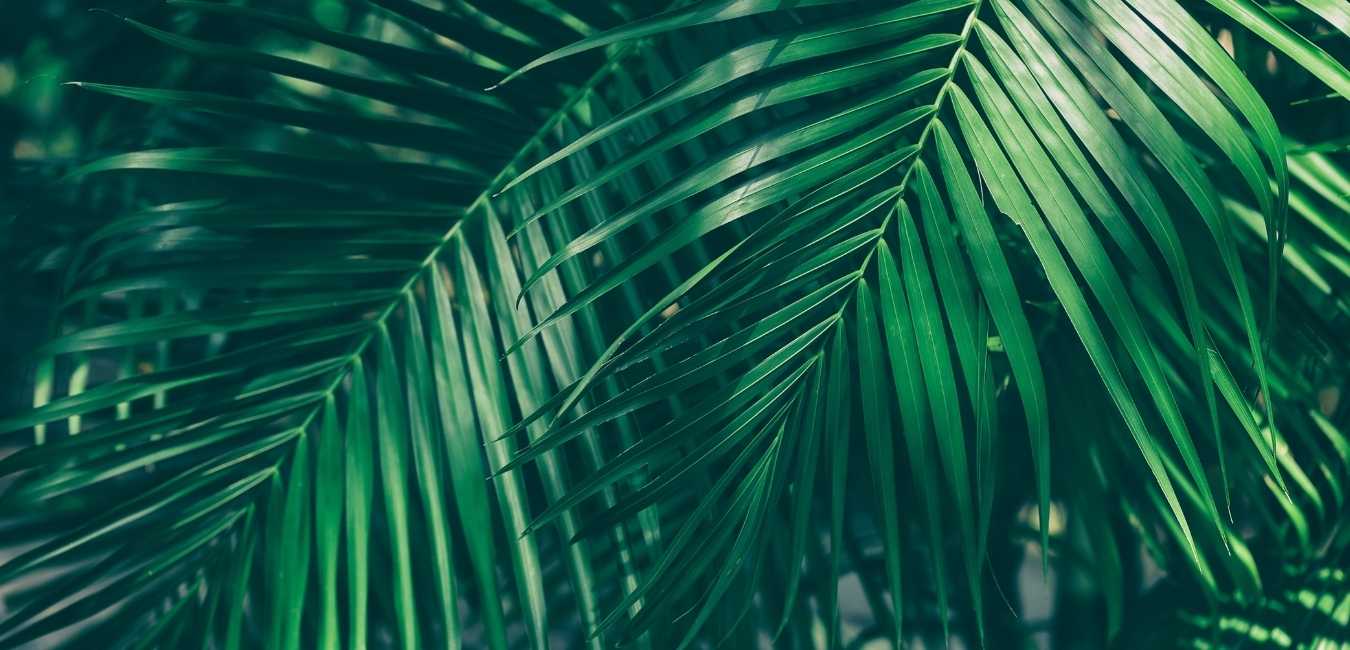
Palm Plant: Information and Plant Care Guide
Varieties from our listing
Interested to buy a plant from this group?
See what we have available HERE
Below is a general care guide for indoor Palm plants which can slightly differ depending on variety.
Light & Temperature
Palm plants can easily adapt to low-light indoors but will thrive in medium to bright, indirect light. Most palms are shade-tolerant or prefer the shade, and will not do well in direct sunlight. Most palms like warm temperature but some popular indoor palms like the kentia and parlor palms can withstand cold temperatures.
Watering, Humidity & Misting
Palm plants can handle being underwatered but they will grow their best when watered on a regular basis. It prefers evenly moist soil but wants its soil to slightly dry out between waterings.
Keeping the humidity high around the plant will help fend off pests. Mist your palm plant occasionally.
Soil and Repotting
The ideal soil for potted palm trees is a loose, porous soil mix. They will also grow just fine in a general purpose houseplant potting mix.
Only repot a palm when its is completely root bound. Palms usually have shallow root systems that do not like being disturbed.
Propagation
Most palms propagate by air layering, cuttings, and division. For palm trees, the best way to propagate is from seed.
Fertiliser
Use a balanced fertiliser formulated for houseplants. Follow the directions on the label of our Down to Earth. organic plant food. Potassium deficiency is common among palms which might require you to add extra potassium occasionally.
Toxicity
Areca, Parlor and Ponytail palms are non-toxic. However, other varieties like Sago or Cycad palms are toxic and should be kept away from kids and/or pets.
Possible Issues
Under the right care and conditions, your plant will grow happy and healthy. But here are some issues you may encounter while caring for an indoor Palm:
Scales, mealybugs and spider mites - When spotted, treat with insecticidal soap or neem oil.
Brown leaves, spots or tips - Brown tips can be caused by under watering and cold air while brown spots can be due to overwatering. Adjust your care routine accordingly. Browning of lower leaves is natural. Simply cut back these leaves to encourage new growth.
Yellowing leaves - This is can be due to overwatering. Remove the damaged leaves and adjust the conditions and care given.
- Regular Price
- from $55.00
- Sale Price
- from $55.00
- Regular Price
- $60.00
- Unit Price
- /per
- Regular Price
- $12.00
- Sale Price
- $12.00
- Regular Price
- $22.00
- Unit Price
- /per
- Regular Price
- from $85.00
- Sale Price
- from $85.00
- Regular Price
- $125.00
- Unit Price
- /per
TumbleweedPlants.com
Live Chat 💬
Whatsapp:+65 80561106
getintouch@tumbleweedplants.com
514 Chai Chee Lane (Office & Warehouse)
-Strictly not open to walk-in
Company
Helpful Links
Join Our Community
Join 40,000+ plant lovers and get care tips & inspiration.
About
TumbleweedPlants.com is an independent plants retail brand, established in Singapore in 2016. We make stylish indoor plants easy and accessible to all with great looking houseplant varieties, the biggest selection of planters and indoor plant care essentials delivered to your door.
Shop with confidence from the Best Plant Home Decor Online Store Today!

